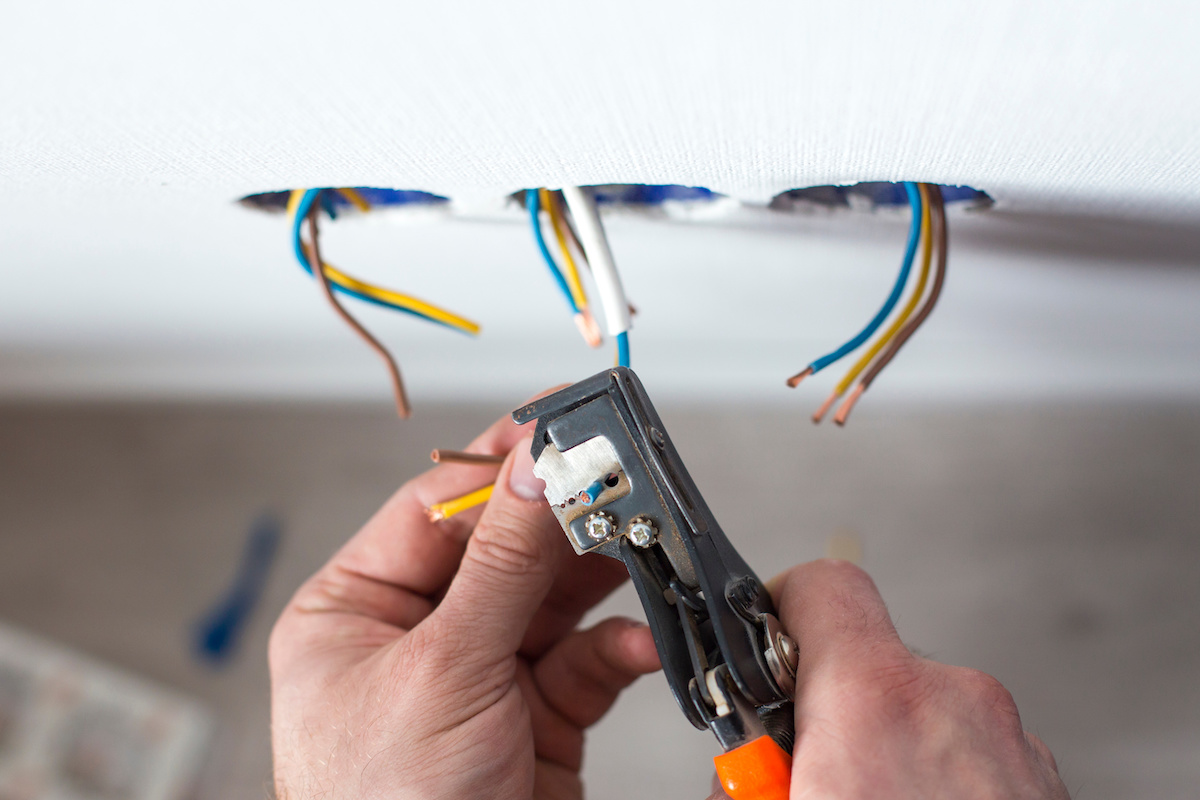Do you know the different types of wiring in your home? If not, you could be spending a lot of money on unnecessary repairs. In this blog post, we will discuss the different types of wiring and how to do your own wiring at home. We will also talk about how to wire your home for safety and the do’s and don’ts of wiring. So, whether you are a homeowner who wants to save some money or a contractor who wants to learn more about wiring, this blog post is for you!
The Different Types of Wiring in Your Home
There are three main types of wiring in your home: service entrance, branch, and low-voltage.
Service Entrance Wiring
This is the type of wiring that comes into your home from the power company. It includes the meter box and main breaker panel. The service entrance wiring is what provides power to your home.
Branch Wiring
This type of wiring branches off of the service entrance wiring and goes to the different rooms in your home. It includes the circuits, outlets, and switches in your home.
Low-Voltage Wiring
This type of wiring is used for things like doorbells, security systems, and thermostats. Low-voltage wiring does not carry as much electricity as the other types of wiring, so it is safe to work with.
Now that you know the different types of wiring in your home, you can start to do your own wiring at home! But before you start, there are a few things you need to know.
How to save money by doing your own wiring at home
Most homeowners don’t realize that they can save a lot of money by doing their own electrical wiring. With the right tools and a little know-how, it’s actually quite easy to wire a home yourself. The most important thing is to make sure that you follow all the safety guidelines. Once you’ve done that, you’ll be surprised at how much money you can save by doing the job yourself.
One of the biggest expenses when it comes to home wiring is hiring an electrician. Electricians charge by the hour, and if you have a lot of work to be done, the bill can quickly add up. By doing the work yourself, you’ll only need to pay for the cost of materials. This can really add up over time, especially if you’re planning on doing a lot of wiring in your home.
Of course, before you start any wiring project, it’s important to do your research and make sure that you understand all the steps involved. Once you’ve done that, though, you’ll be well on your way to saving money on your next wiring project.
How to wire your home for safety
While many of us take electrical safety for granted, it’s important to remember that electricity can be dangerous if not used properly. Every year, there are thousands of house fires caused by faulty electrical wiring, and many of these could have been prevented with a few simple precautions.
If you’re planning on doing any work on your home’s electrical system, here are a few things to keep in mind.
- First, make sure that you understand the basic principles of electrical safety.
- Second, always use the proper tools and materials for the job.
- Third, never work on live circuits.
- And fourth, if you’re not sure what you’re doing, call a professional electrician.
By following these simple guidelines, you can help keep your home safe from electrical fires.
Wiring Your Home: The Do’s and Don’ts
When you are wiring your home, there are a few things you need to keep in mind.
- First of all, make sure that you turn off the power before you start working. This will prevent you from getting electrocuted.
- Second, always use the proper size wire for the circuit you are working on.
- Third, make sure that all of the connections are tight and secure. Fourth, use electrical tape to cover any exposed wires.
- Fifth, do not overload the circuits.
- And lastly, if you are not comfortable with doing your own wiring, hire a professional!
